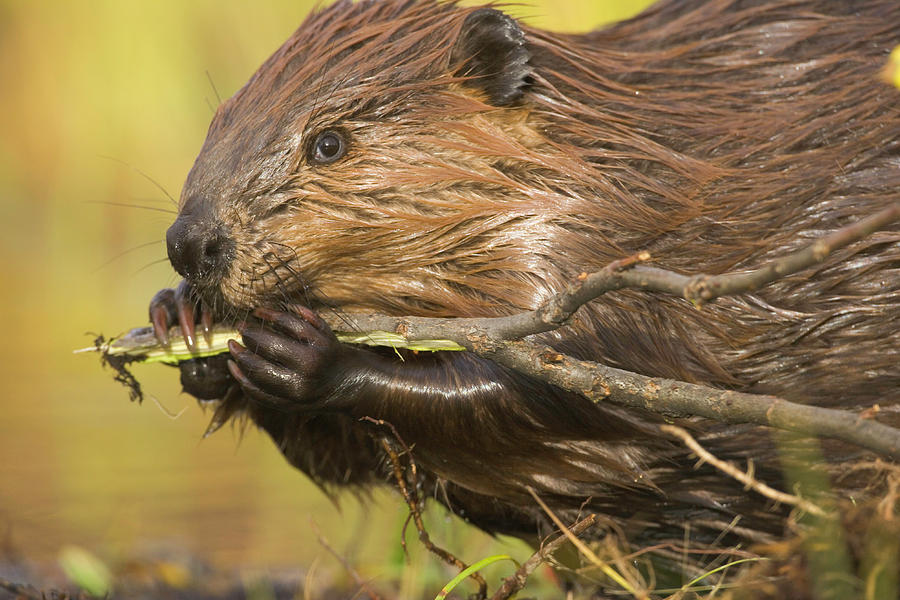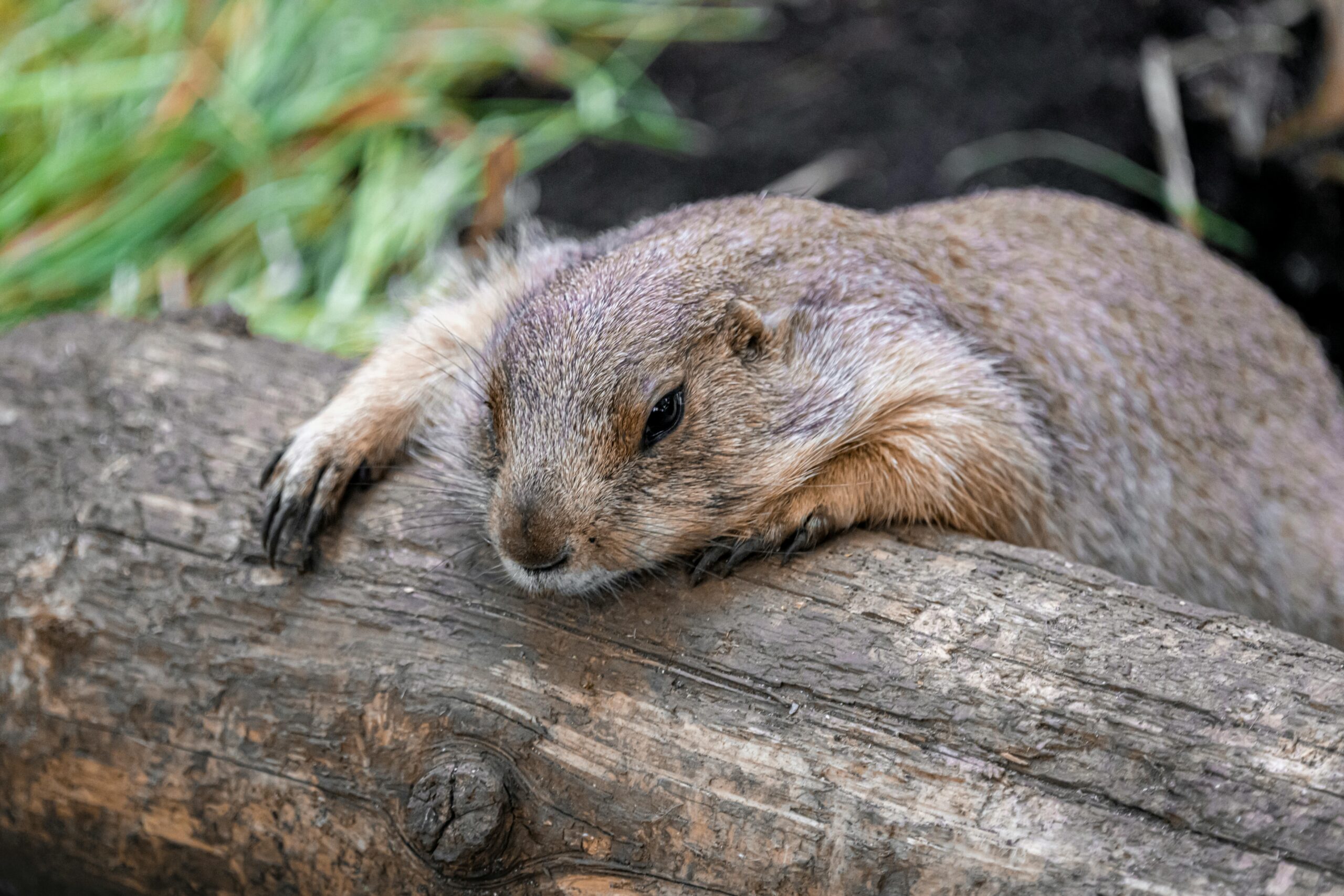
Castoreum, a substance obtained from sacs near a beaver’s anus, has been employed in human products for over 2,000 years. Some are curious if it remains an ingredient in today’s consumer goods.
Are traces of beaver secretions hidden in your vanilla ice cream?
Contrary to sensational claims circulating on social media, asserting that castoreum, a syrupy substance derived from the castor sacs near a beaver’s anus, lurks in everyday vanilla-flavored products, the reality is quite different. While castoreum has historical uses for medicinal and flavoring purposes, there’s virtually no presence of it in today’s grocery store vanilla products.
“Castoreum is incredibly expensive and rare; it’s highly unlikely to be found in your ice cream,” emphasizes Michelle Francl, a food science researcher at Bryn Mawr College. For comparison, around 16 million pounds of vanilla extract were produced globally in 2020, sourced from vanilla orchids, with no significant presence of castoreum.
Niche products like bäversnaps, a Swedish liquor, account for a minimal U.S. consumption of less than 292 pounds annually of castoreum-related substances.
Originally harvested from beavers in the fur trade era, castoreum has a rich history as a versatile remedy for various ailments.
Its complex chemical composition includes over 75 compounds, some similar to those found in aspirin and high-end skin creams. However, its demand had unintended consequences on beaver populations.
In the beavers’ realm, castoreum serves as a communication tool. By depositing mud piles mixed with castoreum, they mark their territory, creating a unique scent profile for recognition, adding moisture to intensify the scent, and protecting it from water levels—essential for these industrious creatures.
While castoreum has a remarkable history, its application in contemporary vanilla-flavored products is minimal, dispelling the myths that suggest otherwise.

In the course of her research in Great Britain, Campbell Palmer detects the scent of castoreum, signaling the presence of two beaver families. Campbell-Palmer, the head of restoration at Beaver Trust, a U.K.-based organization dedicated to increasing Eurasian beaver populations, remarks, “There’s likely two families here, marking their territories and boundaries.”
Describing the distinctive aroma of castoreum, Campbell-Palmer notes, “It’s a unique scent, musky yet sweet. Even in the absence of visible beavers, you can sense their presence.”
Related beavers can identify the individual castoreum scents of their family members, providing a valuable tool for Campbell-Palmer. When she needs to trap and relocate a beaver family, she extracts castoreum from one animal and places it in a humane trap to attract its relatives.
Campbell-Palmer adds, “Beavers are thriving in Britain, adapting readily.” The North American species is also recovering, thanks to habitat preservation and hunting controls.
Regarding the safety of castoreum in food, Francl reassures, “When it comes to food, what matters are the molecular structures. Whether it comes from a bear or a beaver, it’s the same molecule—performing the same function.”
The FDA classifies castoreum as “generally regarded as safe,” and a 2007 safety assessment published in the International Journal of Toxicology concluded that “the long historical use of castoreum extract as a flavoring and fragrance ingredient has resulted in no reports of human adverse reactions.”
Francl expresses openness to trying it but jokes, “Probably not in ice cream.”

I do agree with all the ideas you have introduced on your post. They are very convincing and will definitely work. Still, the posts are very short for newbies. May just you please prolong them a little from subsequent time? Thank you for the post.